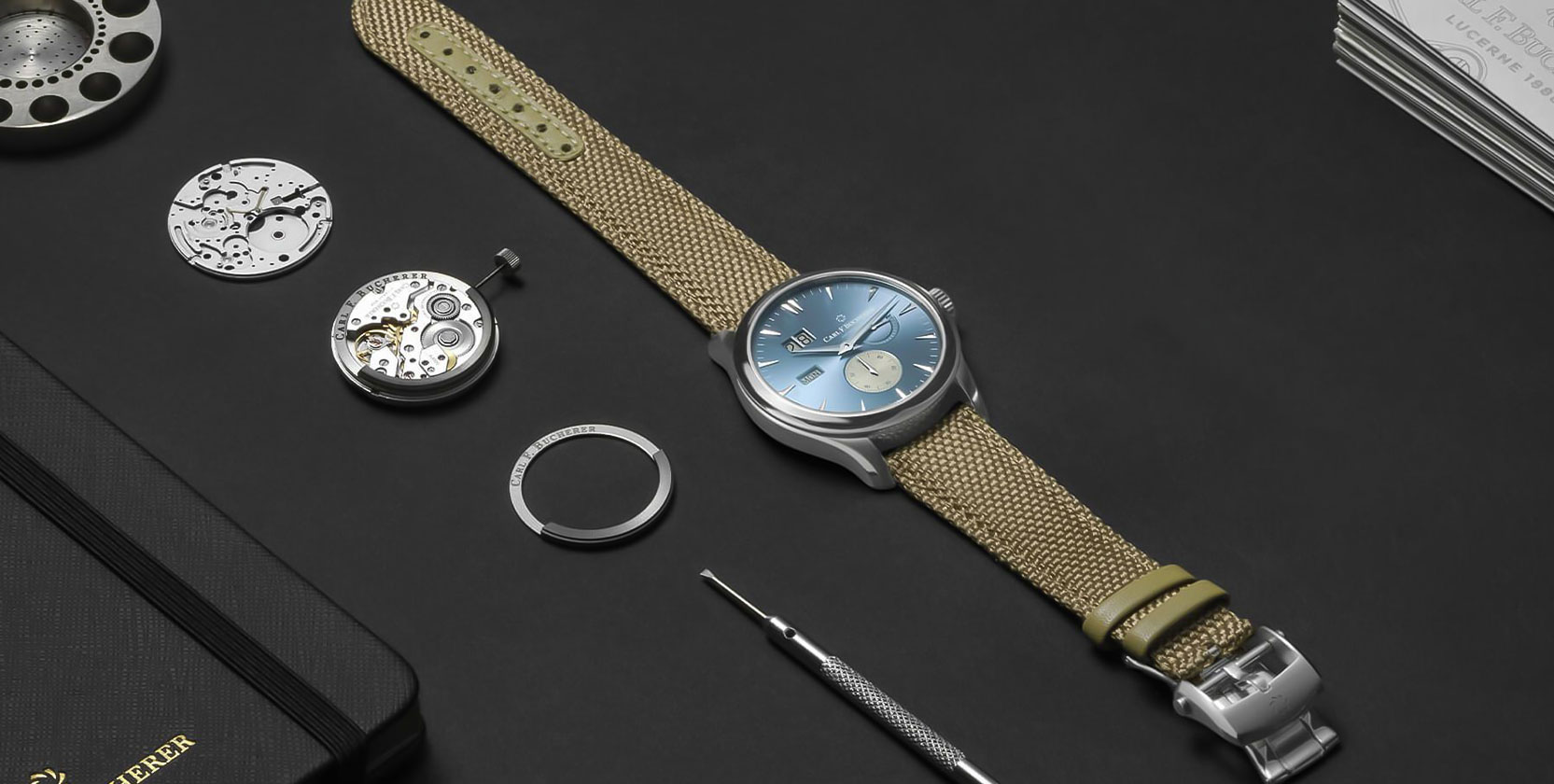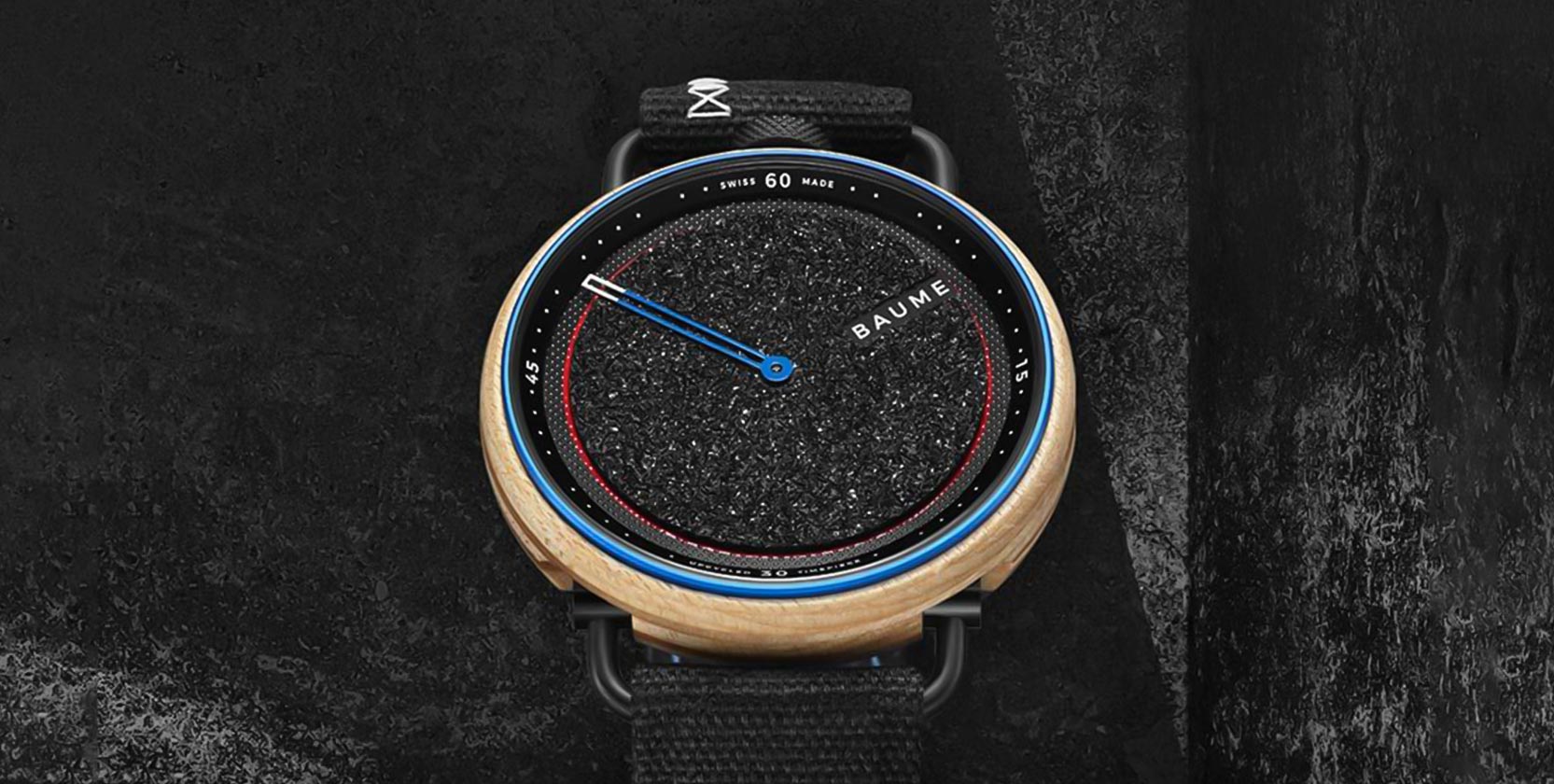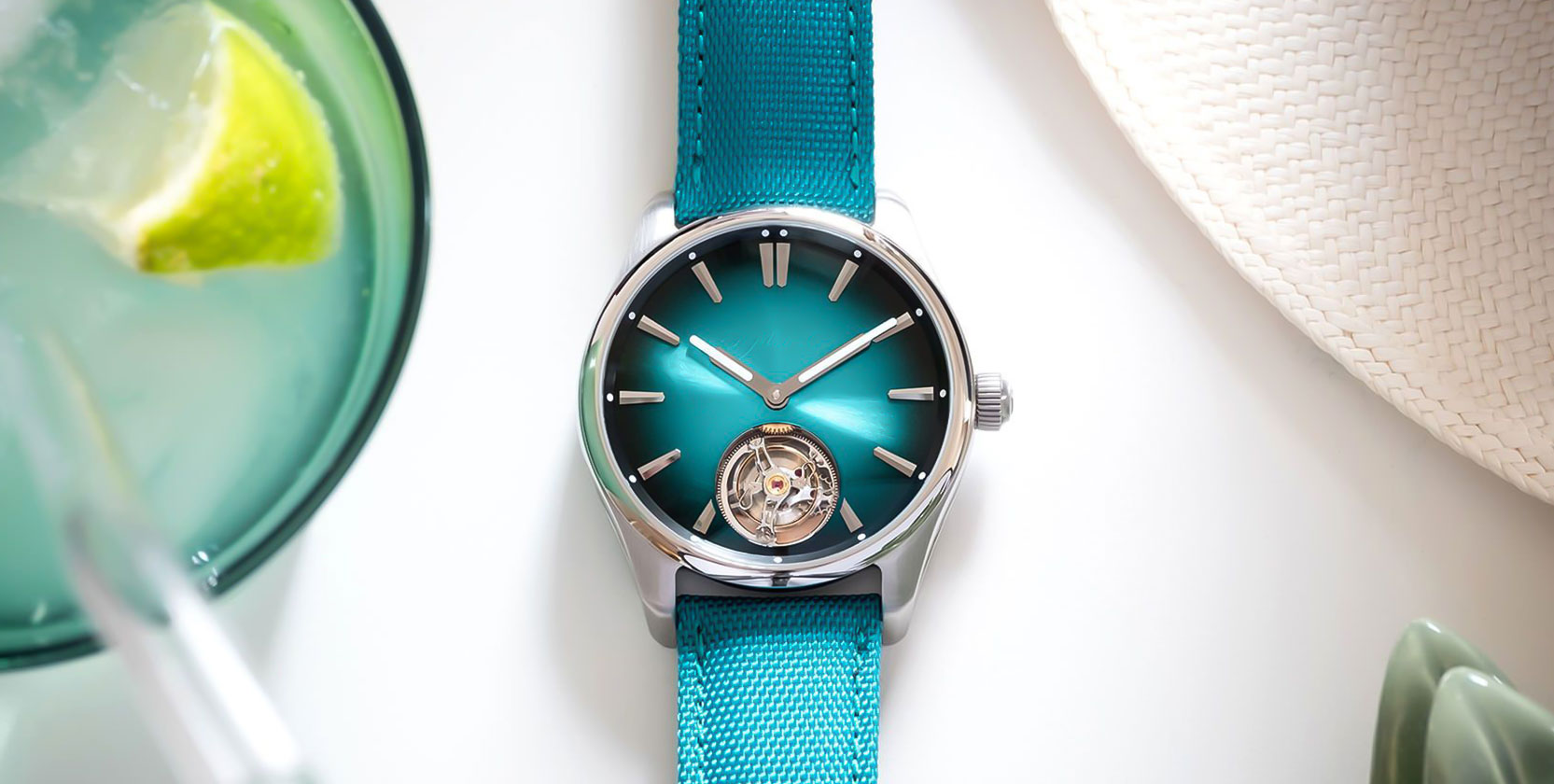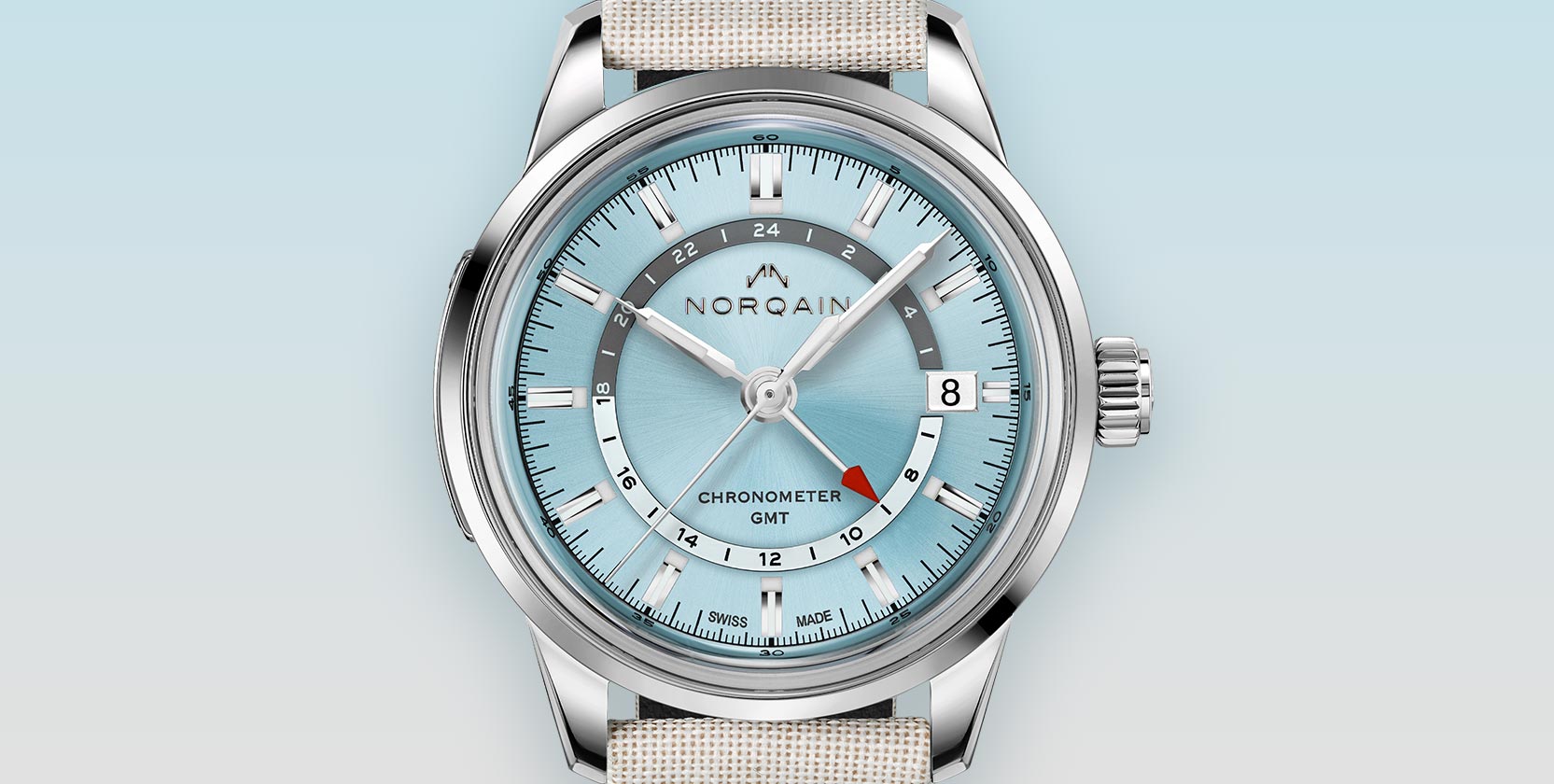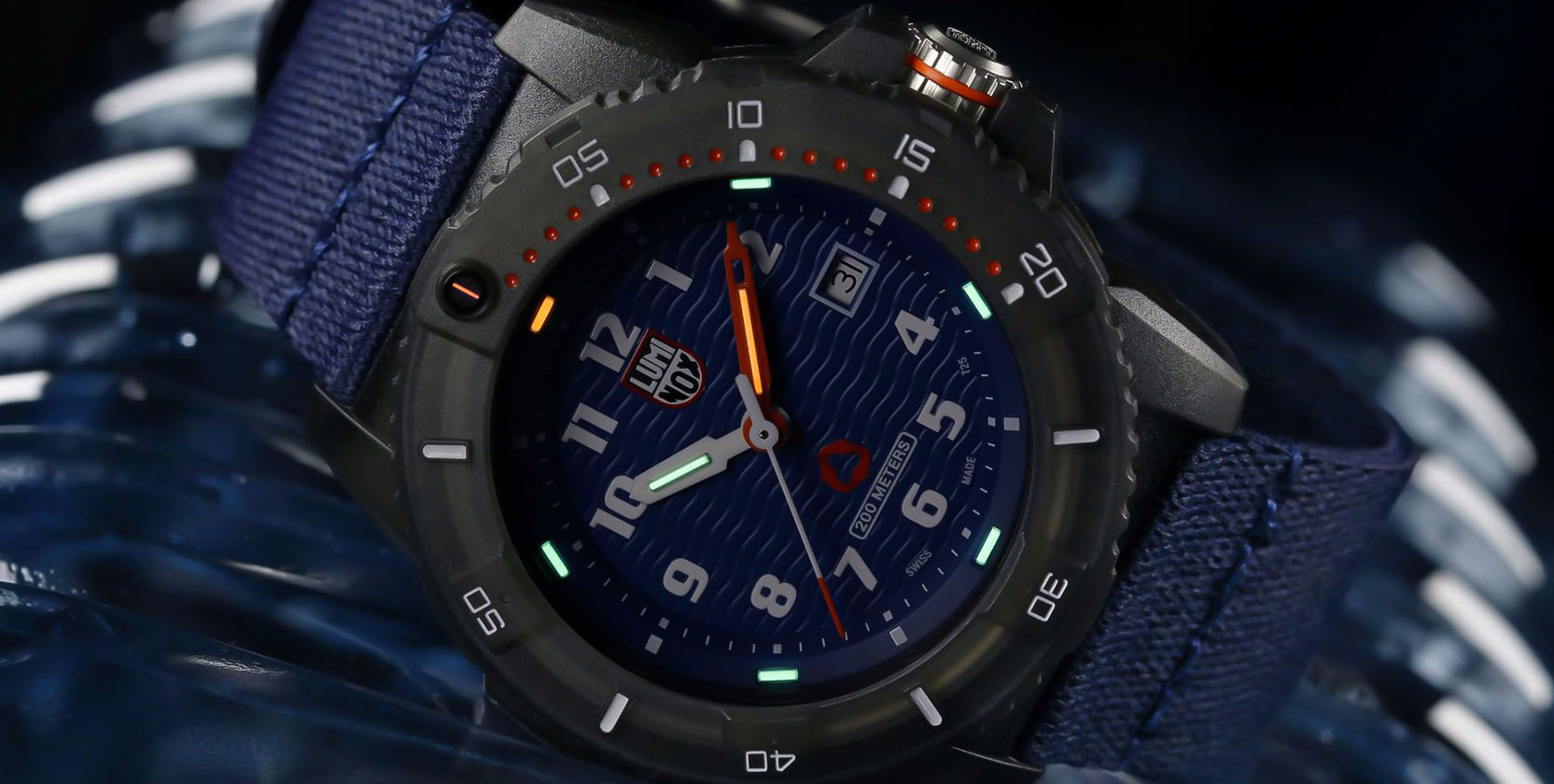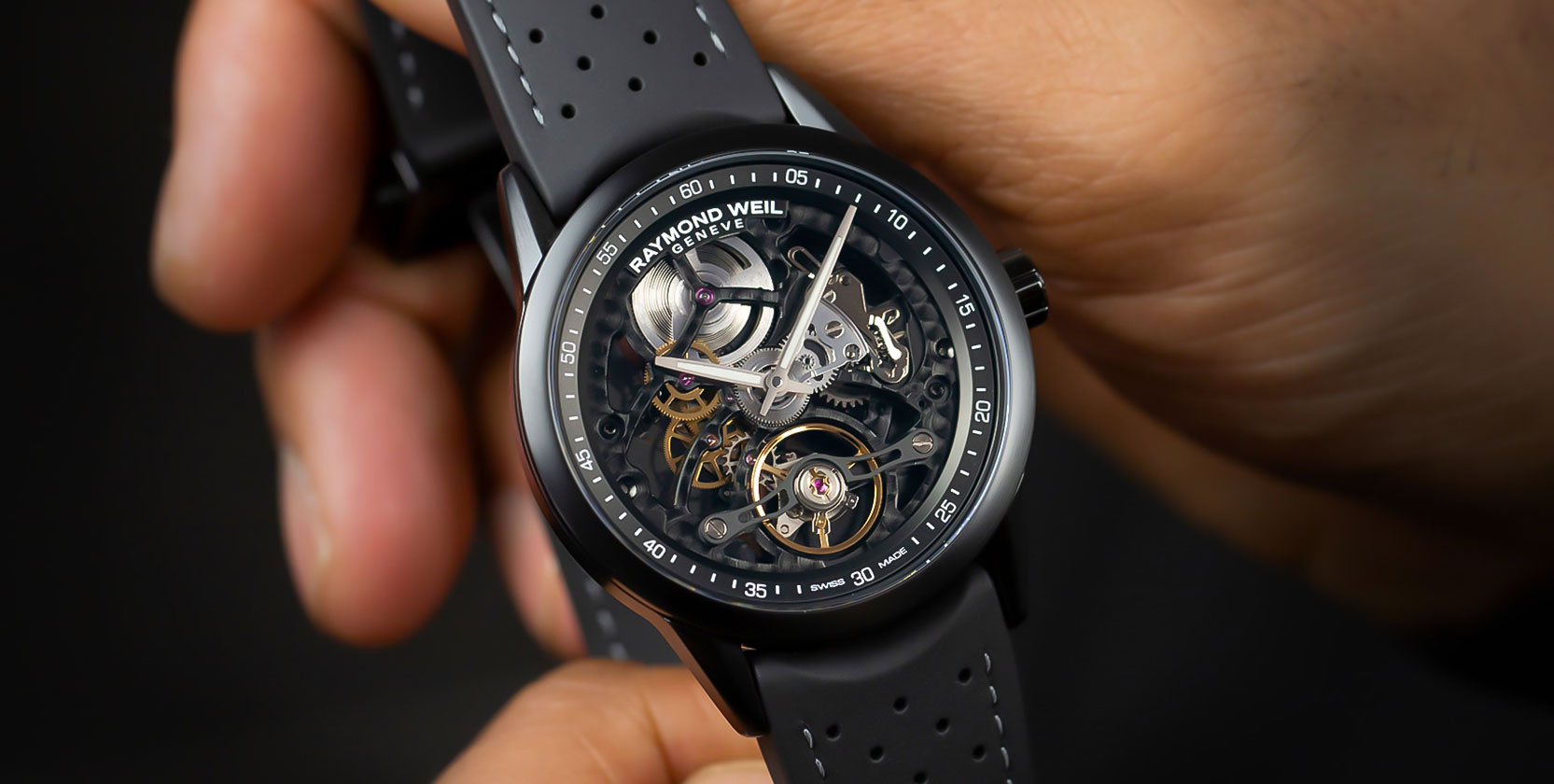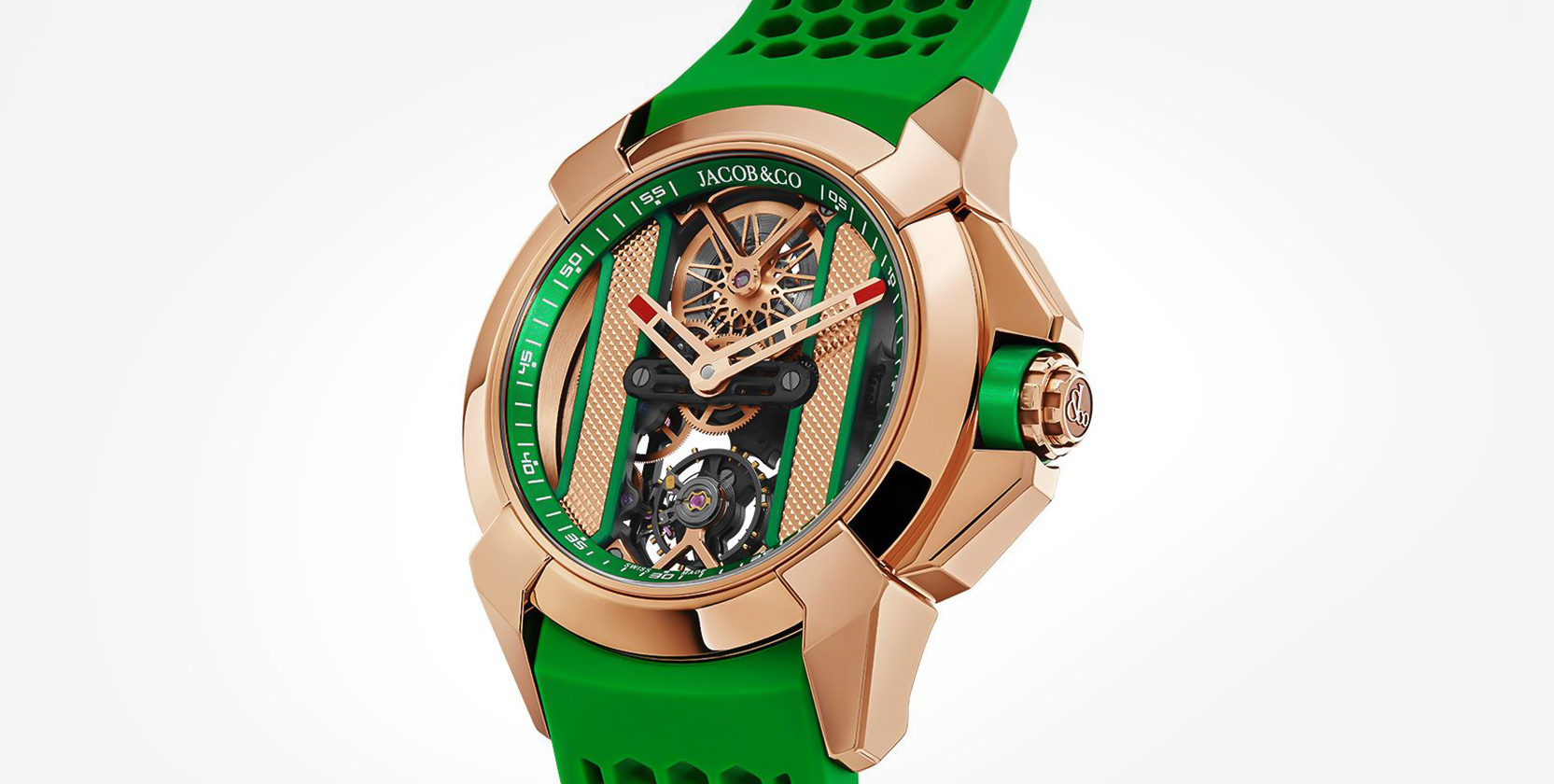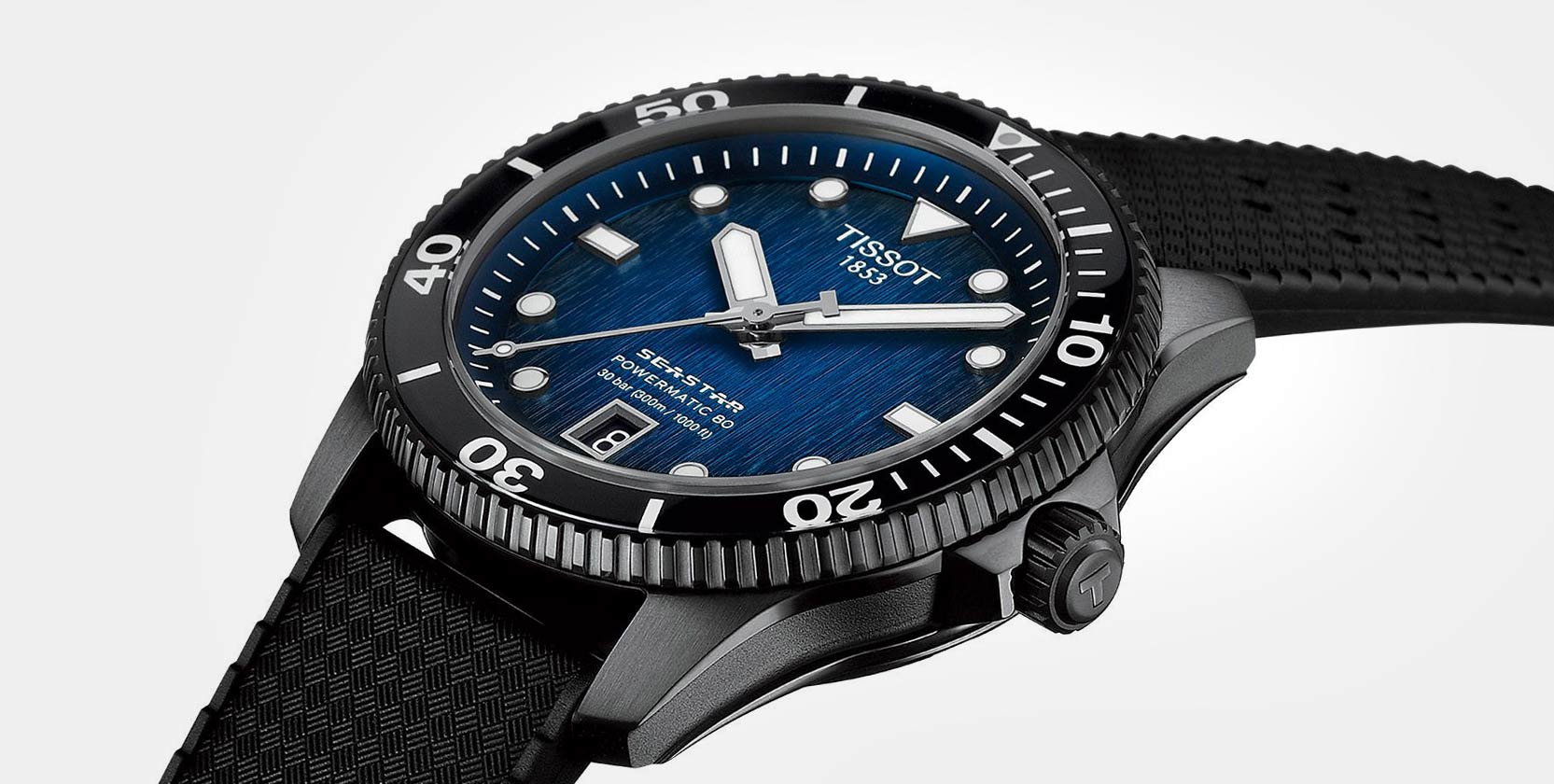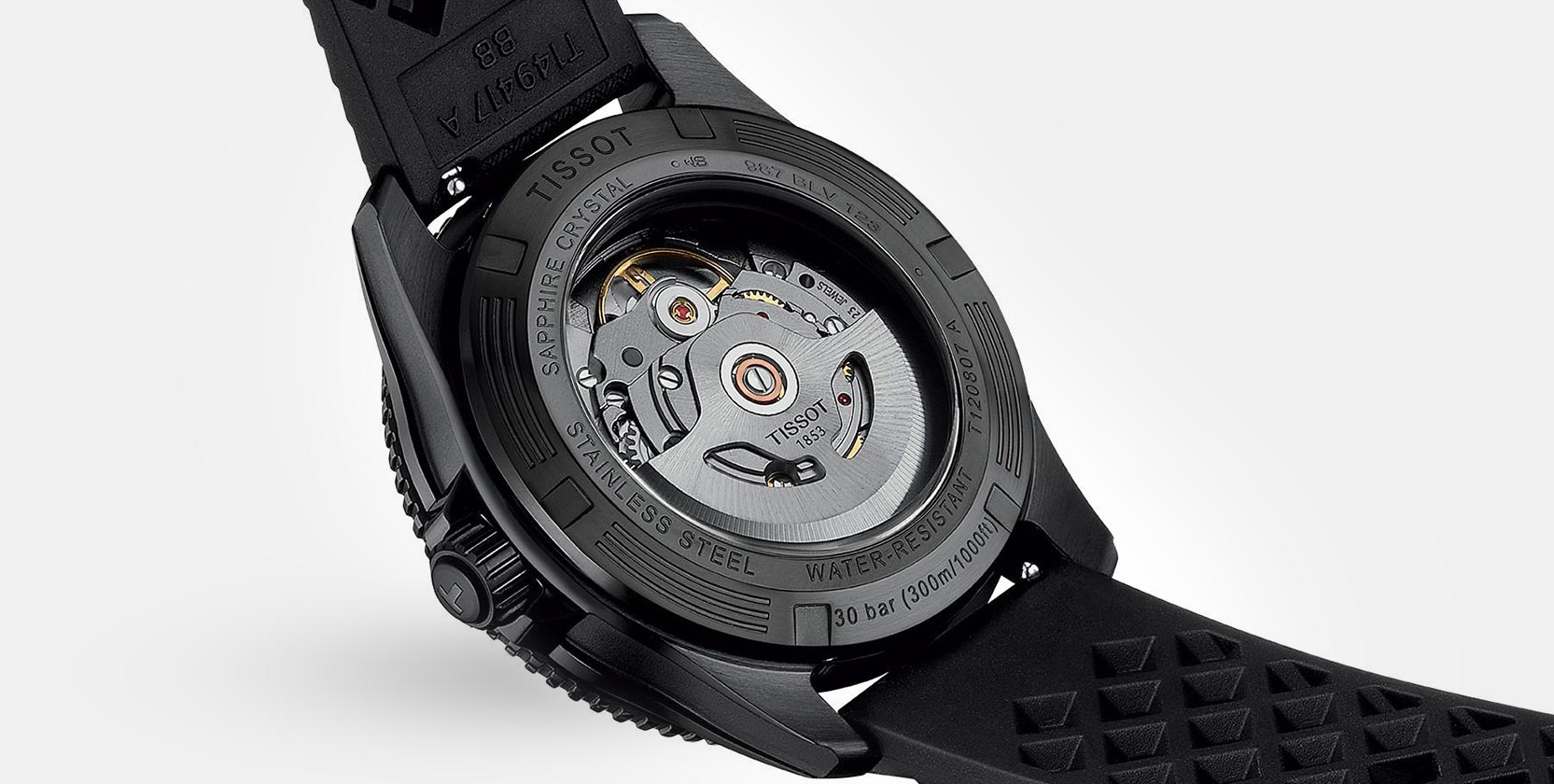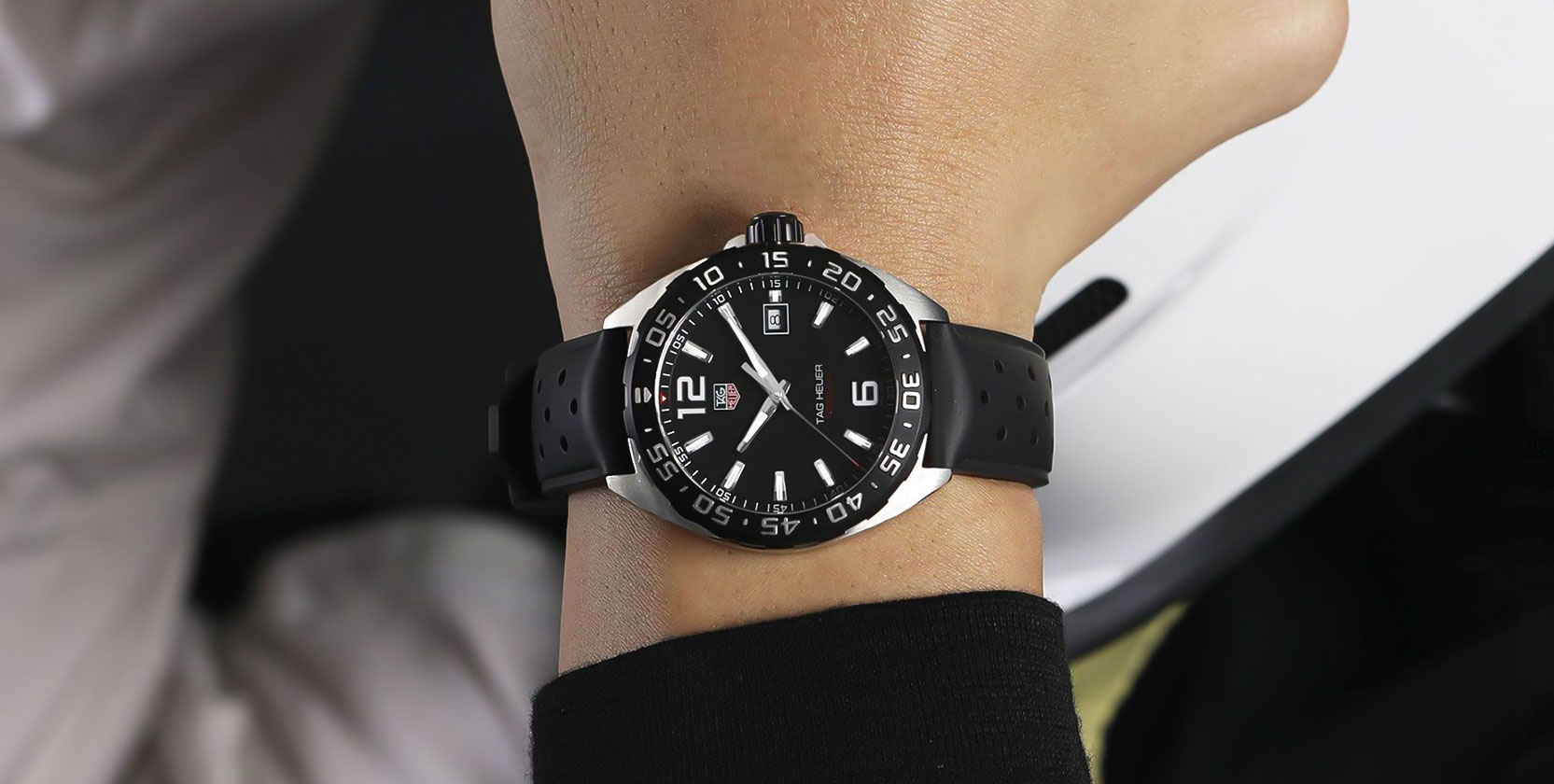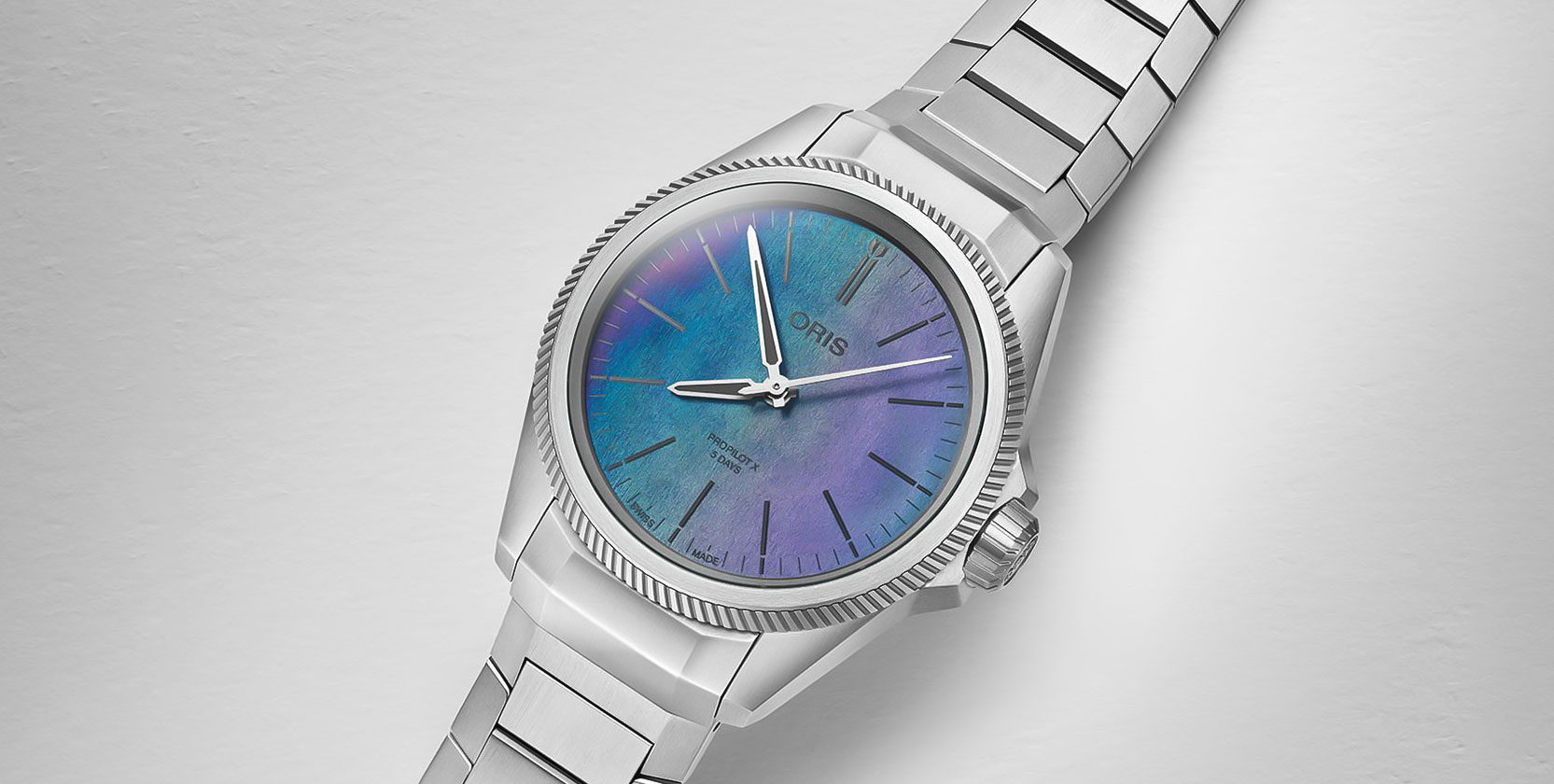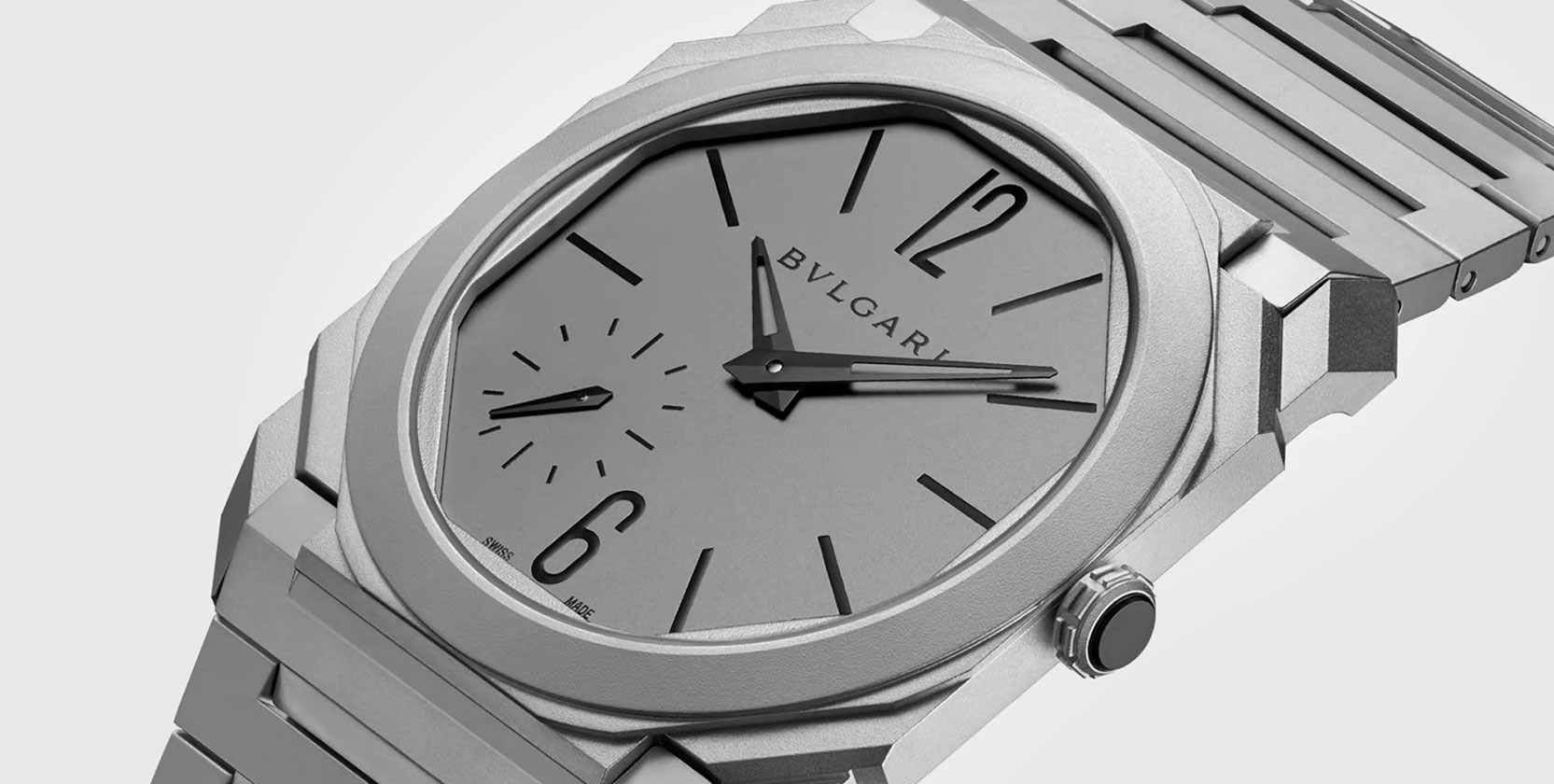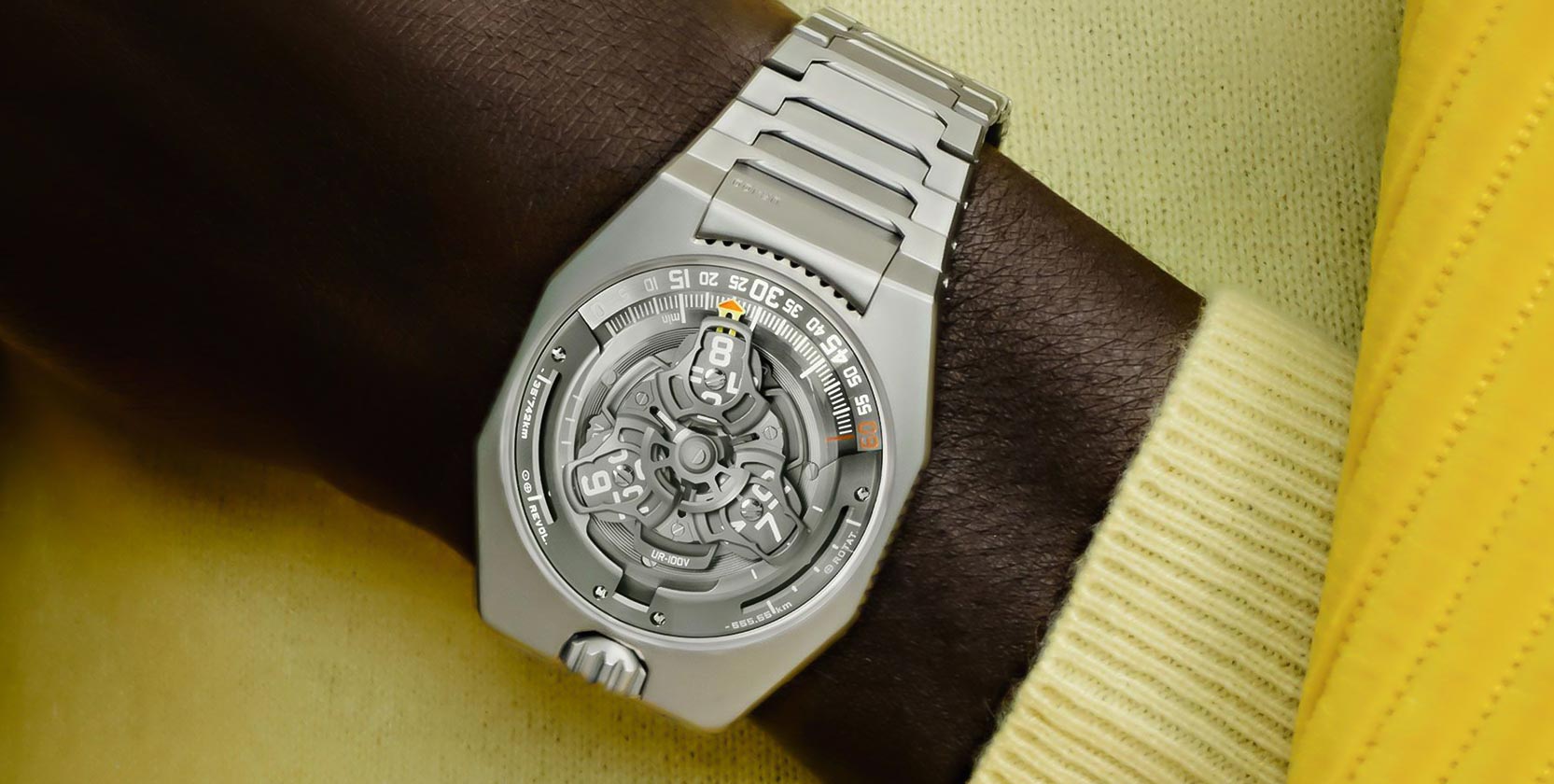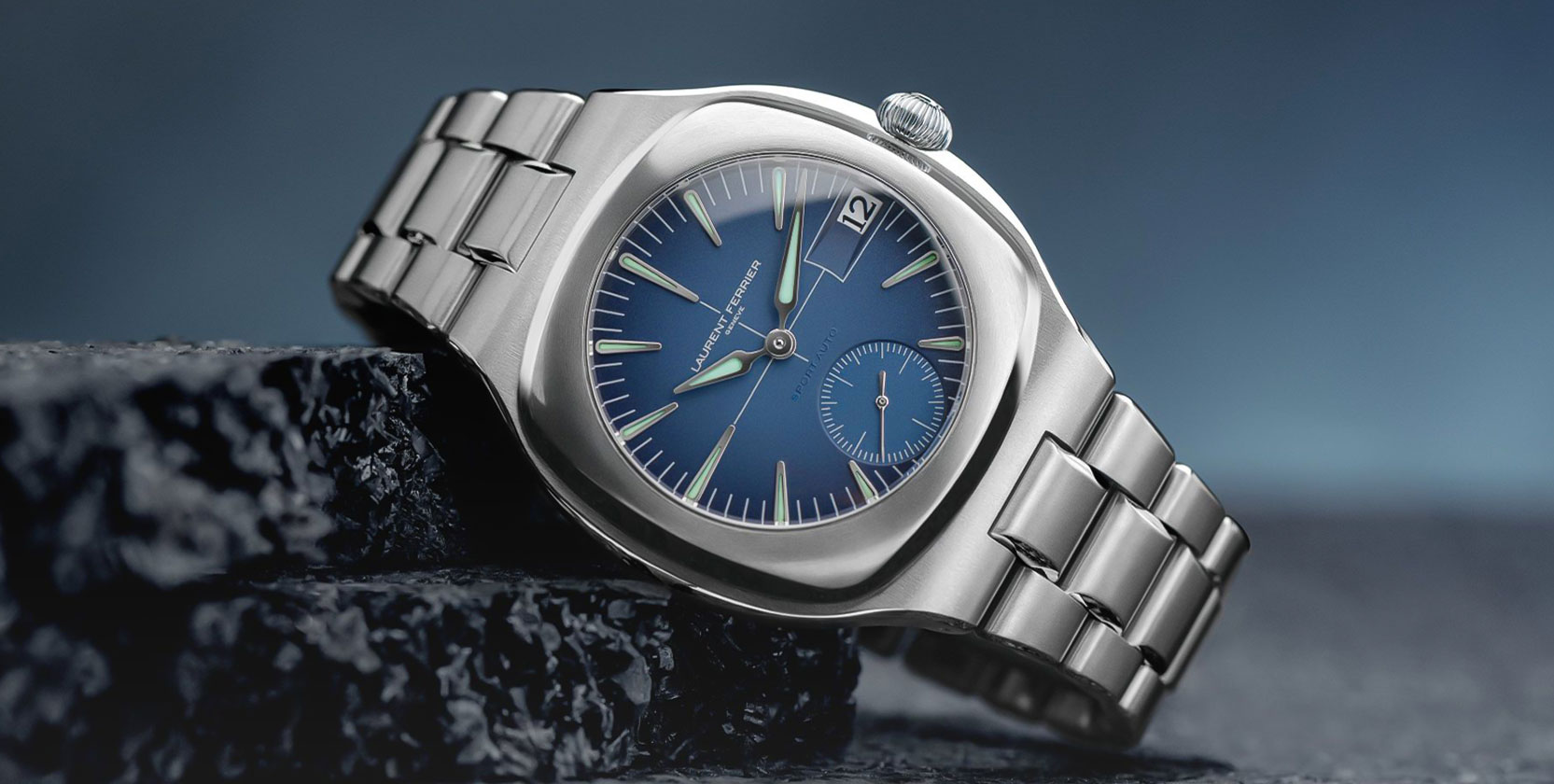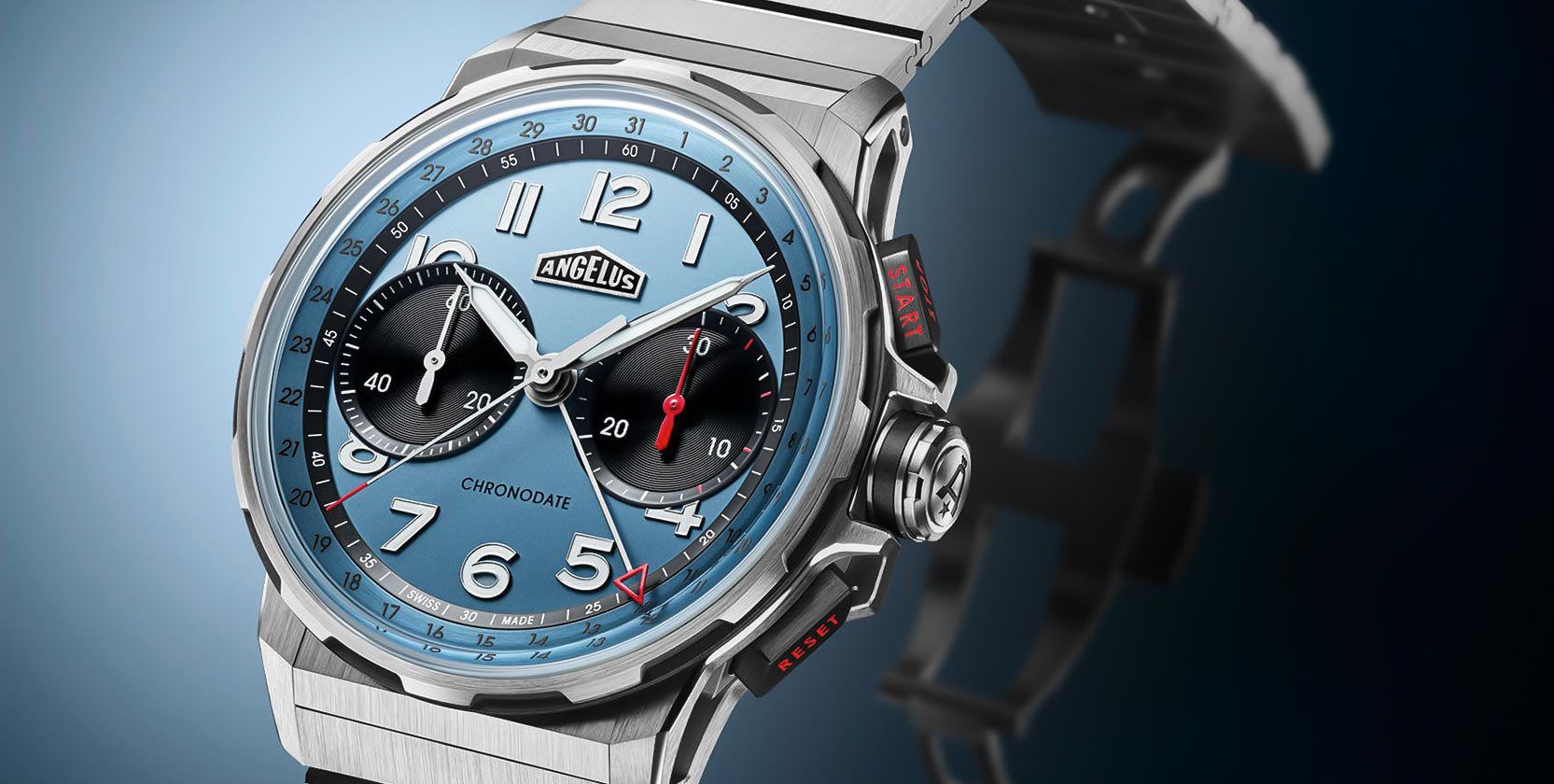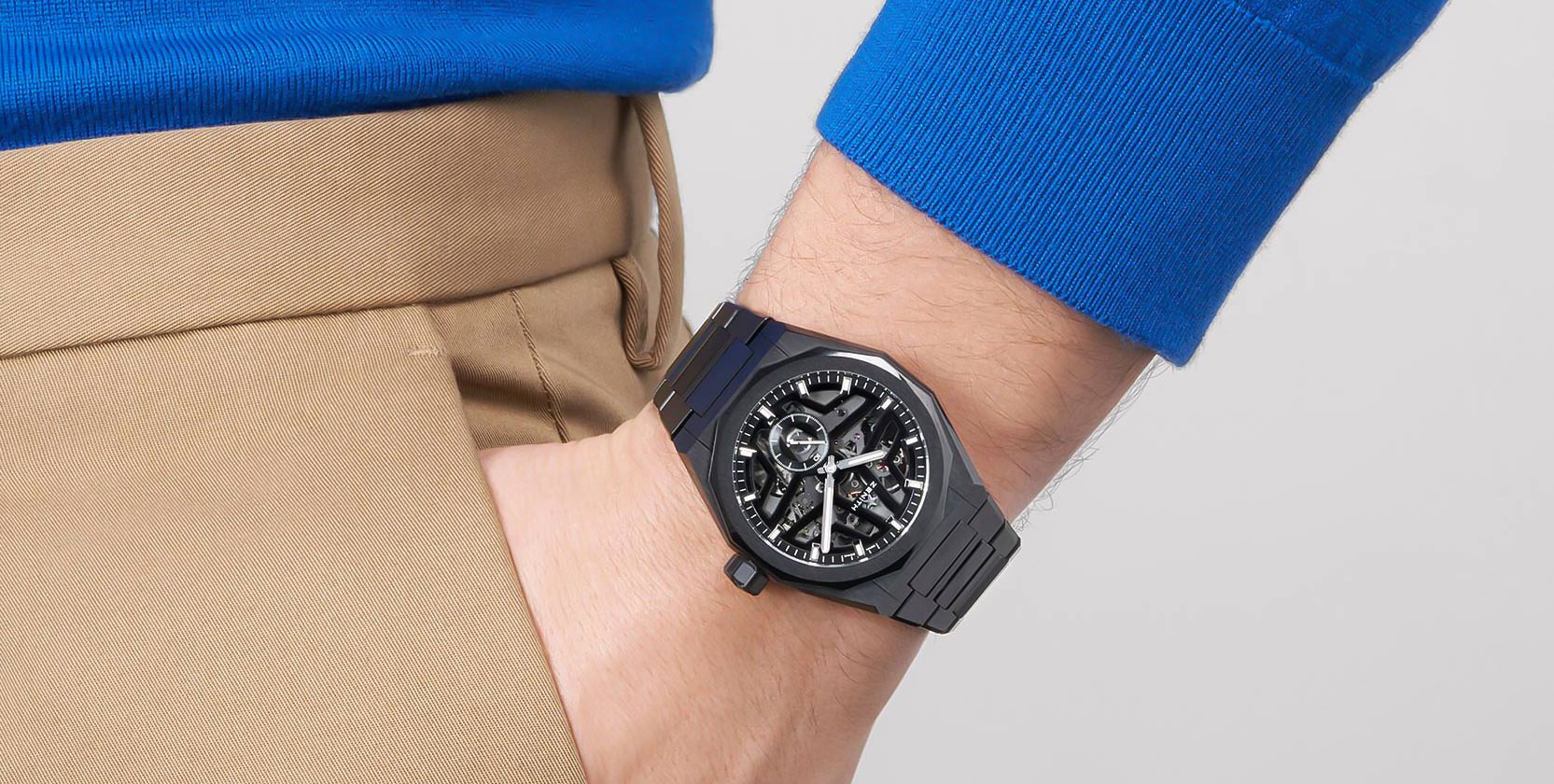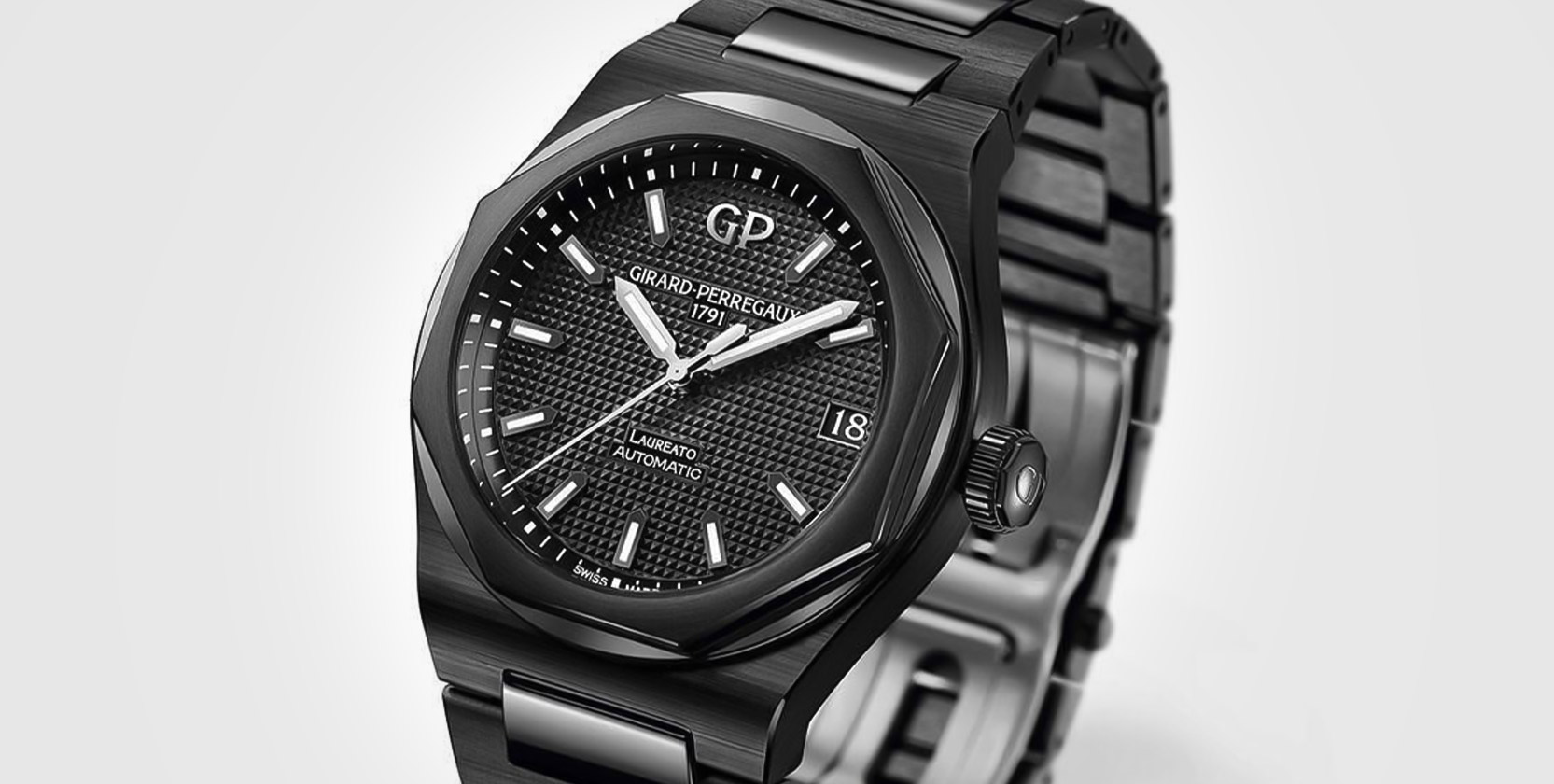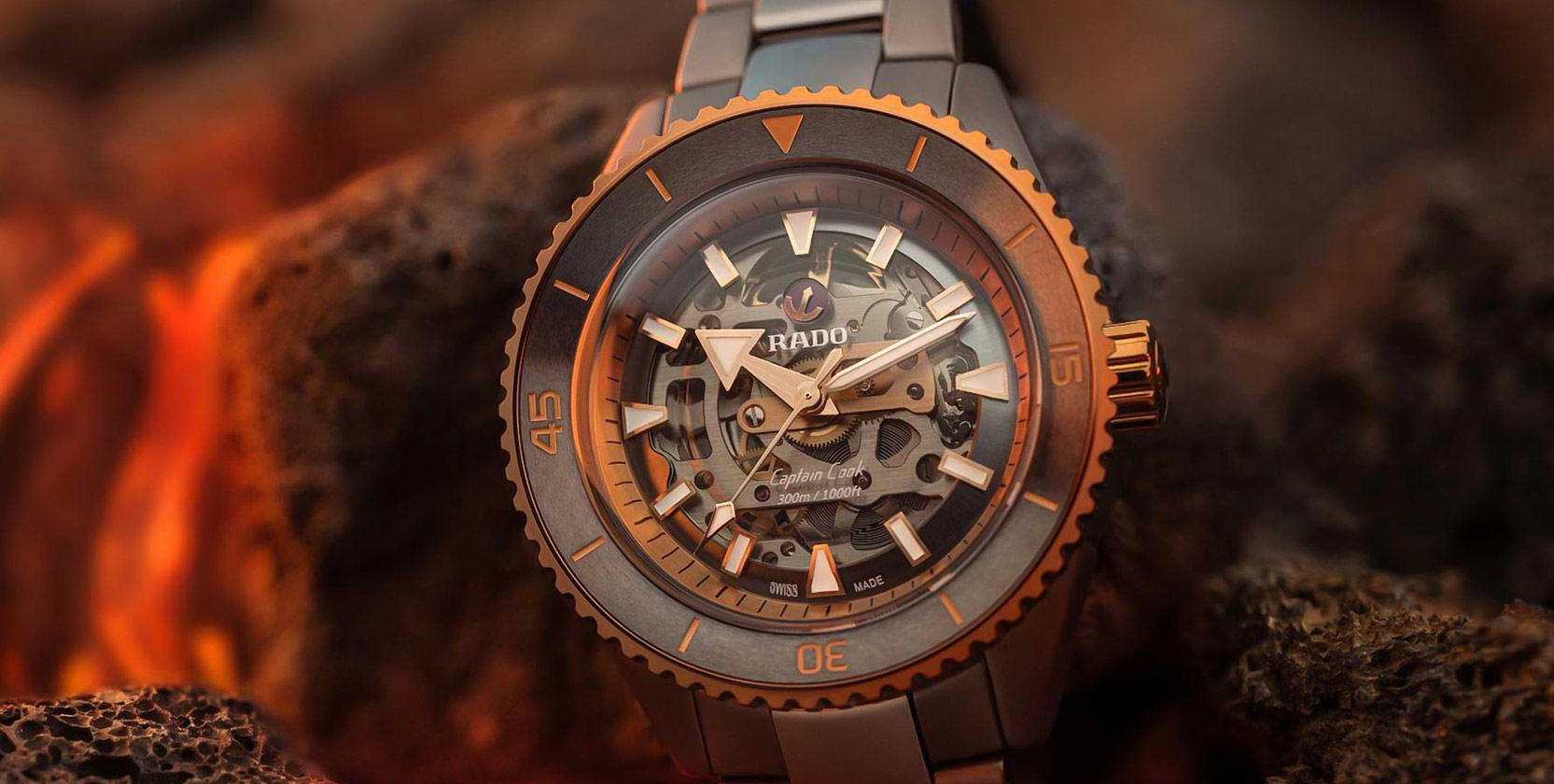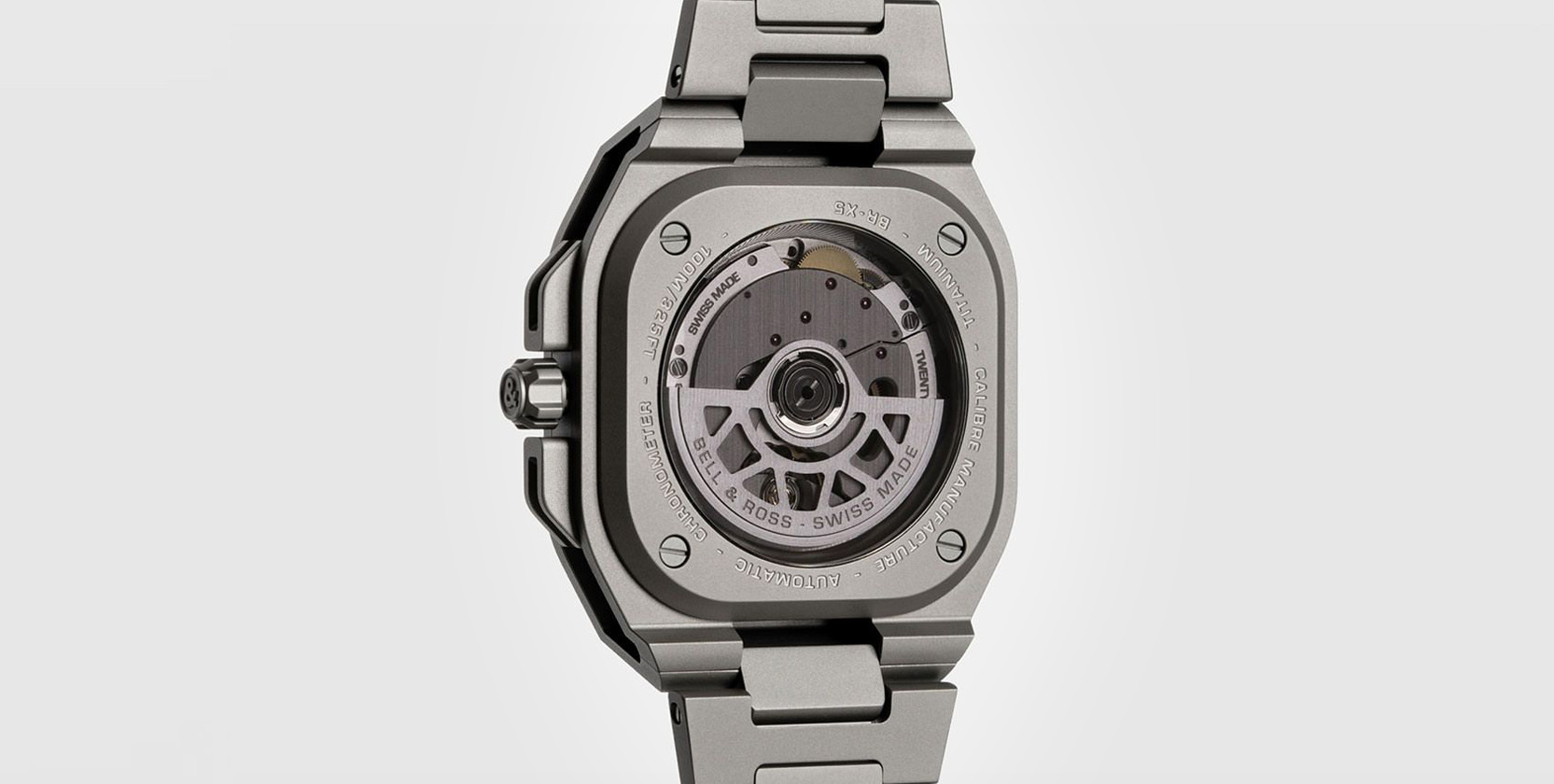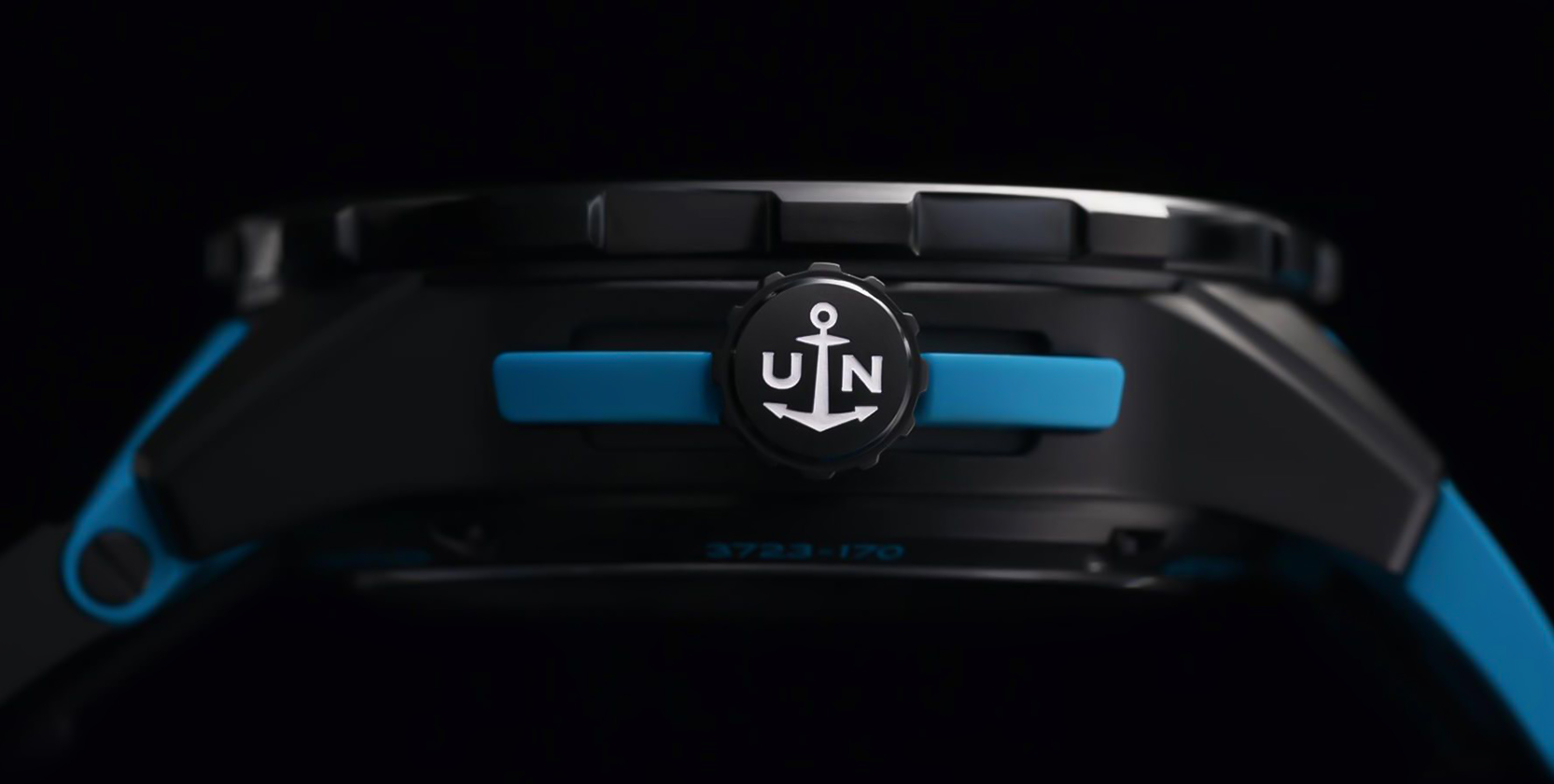Round-UpSkin-Friendly Watches For Warmer Climes Like Ours
To combat perspiration in summer, here's listing a few variations in watch parts and materials, which when used in wristwatches bring high breathability, soft textures and moisture wicking properties
May We Recommend
As seasons change, so do our sartorial choices. Being caught knee deep in leather boots at the peak of summer is not just fashion faux pas; it also brings into question the wearer’s mental state. Even with a functional wrist accessory, a wristwatch, there can be certain kinds thare better suited for warmer weather. In tropical climes, wearing a metal watch with leather strap will not just radiate heat, but also leave a nice sweaty aura on the skin of the wrist under the leather band. It is, then, only sensible to choose sweat-resistant watches that are skin friendly, with case metals other than the usual suspects of gold, stainless steel, rubber, with leather or polyurethane straps. For instance, switch to fabric straps that usually come as complimentary interchangeable options with the main watch strap. While one can develop a few habits in watch care (check conclusion) to prolong the watch’s service intervals, here’s a list of materials, which, when included in wristwatches, bring about high breathability, soft textures, lightness in weight, and superior moisture wicking properties.
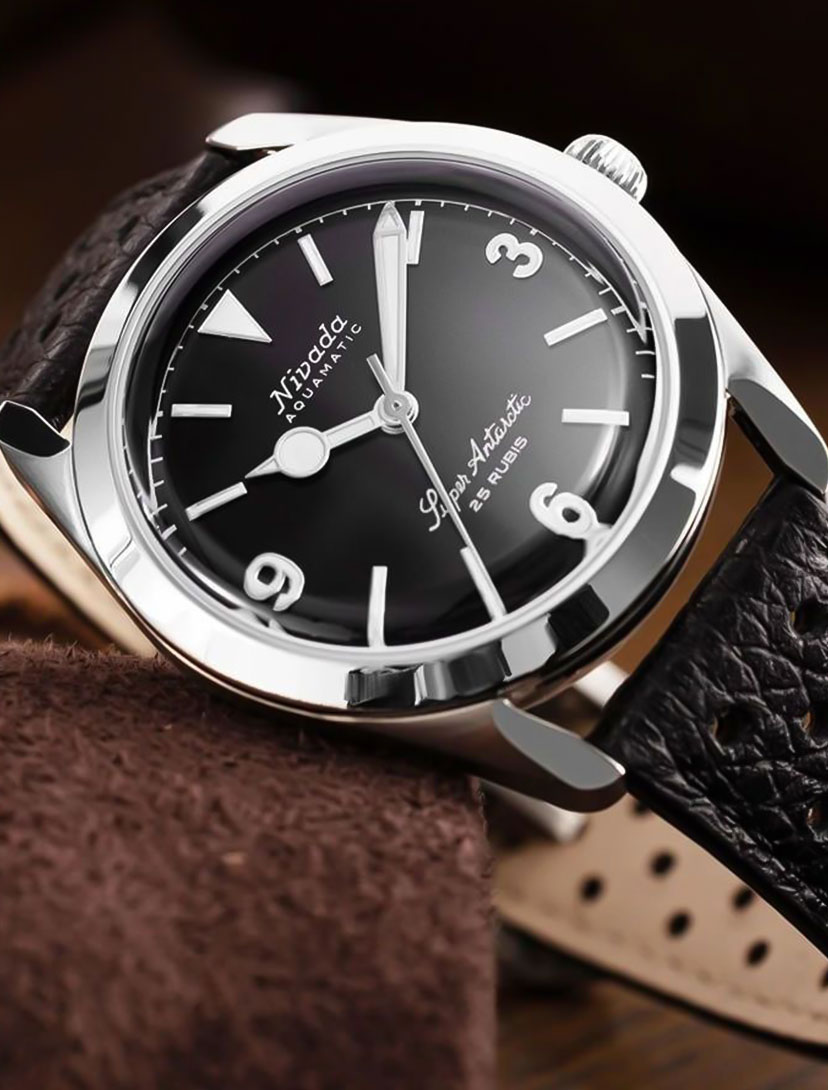
Skin Friendly Breathable Straps
Fabric/textile straps
Fabric watch straps rank high on affordability, comfort and practicality and they are made from soft, lightweight, breathable materials such as cotton canvas and woven textiles. These skin-friendly straps have gained preference over leather straps for their moisture-wicking capabilities, and ability to sustain even in humid, tropical climes. They come in a variety of colours, patterns, and textures, to match different outfits or occasions. They can withstand daily wear-and-tear and are often water-resistant or quick drying, making them suitable for sports or outdoor activities. The fabric strap is considerably long lengthwise to ensure it fits any wrist size with minimal fuss. Fabric straps are most effective when looped under the closed metal or openworked/exhibition caseback. A case in point is the blue fabric strap attached to the Tudor Pelagos FXD Alinghi Red Bull Racing.
Nylon/polyamide/synthetic
Nylon, also known as polyamide or synthetic, is not as hydrophilic (strong affinity for water) as cotton, but still efficient to wick sweat. This plastic-based fabric—weaving, felting, knitting or crocheting—has a low density and high thermal stability. It is resistant to the usual wear-and-tear, high temperature, scratches, sudden impact and friction.

NATO
It was in 1973, when the British Ministry of Defence commissioned these watch straps for their soldiers, with each strap issued a unique number called NATO stock number (NSN). With distinct nautical or vintage stripes, and usually paired with sporty-chic watches, these skin friendly straps are rendered water-resistant to combat the salty ocean during watersports activities and salty sweat during rigorous workouts—both situations can ruin the strap’s colour and texture. These straps are made from water-resistant variants like Cordura nylon. NATO straps are noted for their ability to keep the watch secured to the wrist even if the spring bar malfunctions, which is a boon especially when swimming. Certain watch iterations come with dual NATO straps; one strap connected to the lugs, and the other going underneath the case. Comparatively, these are relatively inexpensive compared with their leather or metal counterparts, and often included as a secondary strap option by leading watchmakers.

Ocean plastics
For the eco conscious, there are animal cruelty-free strap options, made from ocean-bound plastic. The Basel-based company called Tide Ocean SA represented as #Tide or #Tide ocean material manufactures ocean plastic watch straps for brands like Luminox and Titoni, in a bid to reduce usage of virgin raw materials. Swiss watchmakers Norqain source the plastic waste from the oceans through a partnership with #tide, and upcycles it into NORTIDE; a superior-quality granular woven yarn developed along with the Swiss University of Applied Sciences and the Institute for Materials Technology and Plastics Processing (IWK OST).
Perforated straps
Perforated straps are those that have a series of extra rally holes arranged in a pattern, which are made other than the vertically stacked ‘adjustment holes’ meant for looping in the pin buckle or clasp to secure the watch onto the wrist of the wearer. Altogether, such watch bands are called racing straps. This structure makes the straps flexible and bendable to accommodate both healthy and thin wrists’ size. The increased number of holes reduces the amount of material used. Some brands like Jacob & Co use a rubber strap punched with their trademark honeycomb pattern—a framework of hexagonal prismatic holes—like tiny windows for the skin. This skin-friendly design aesthetic offers scope for sweat to dry up quickly. It improves breathability, ventilation, and overall wicking properties of a watch, thus creating a marked difference in the comfort level between wearing a regular leather watch strap and perforated leather watch strap.
Silicone straps
Unlike most kinds of rubbers, silicone rubber is non-conductive and can endure temperatures even above 200°C without getting deformed. It doesn’t rub against the skin or create static electricity like metal bracelets. It is comparatively stronger and more durable than rubber straps of comparable size and thickness. The skin friendly material is hypoallergenic, which means its designed not to collect bacteria. Being water and sweat resistant, makes it suitable for wear and tear during water sports or extreme activities that are guaranteed to produce perspiration. Silicone is thus preferred over the usual cache of rubber straps by people with sensitive skin. Lightweight and sufficiently flexible, silicone straps adjust to the shape of your wrist once strapped on. It’s easy to maintain these skin-friendly straps. Wiping with a damp cloth or tissue should get rid of surface level dirt and stains.
Hypoallergenic, Lightweight Case
Titanium
The beauty of titanium is that weighs half the same amount of steel, but is almost 45 percent stronger. Both metals are sturdy and durable, but titanium has the upper hand because it does not contain nickel—the main cause behind skin rash or allergic reaction that happens especially after a bout of perspiration. While it is more expensive and corrosion-prone than steel, the distinct grey metal has comparatively low thermal conductivity and a non-magnetic quality, which makes it more stable when exposed to heat, making it a very practical choice in hot weather.
Ceramic
Ceramic was initially used for the bezel of dive watches. Over time, however, the high-tech ceramic material has come to form the entire case and bracelet. Ceramic watches are suitable for those with sensitive skin as its hypoallergic and gentle on the skin. The colour is often part of the material, and not like watches with metal coating. On that note, the Rado Captain Cook High-Tech Ceramic Diver watch deserves special mention as it kickstarted the ‘1980s noir wrist chic’ trend of ‘blackened out’ dark ceramic tech watches. Apart from the alluring opaque vintage appeal in matt or mirror finish, ceramic is extremely hard (measuring 1,200 HV on the Vickers hardness scale as opposed to 316L stainless steel that weighs just 1/10th of it. This makes it extremely resistant to corrosion, oxidation, and colour fading. These positives aside, ceramic forms a good modulator of heat and humidity, and feels cool on the skin. It can absorb and release thermal energy, and wicks perspiration from the pores. These factors dim the material’s drawbacks, including its extreme brittleness and a cost higher than metal conterparts.
Protruding Caseback
Heavily lifted and 3D-formed sculptural casebacks increase the overall height of the case, which in turn, raises the lugs and leaves small gaps on both sides of the strap. This construction allows air to circulate all along the caseback and strap. Engraved casebacks create a 2D effect, leaving tiny nooks and crannies for breathability of the skin. Exhibition casebacks that intrigue for their exposure of the watch movement, are fitted with sapphire crystal, sometimes at a depth, which leaves a slight gap so the caseback does not stick to the skin when the watch strapped on. On the other hand, some watches feature convex caseback, its protruding rear leaving a raised outer rim, making some space between the watch and skin.
Skin-Friendly Tips For Watch Care
Corrosivity from sweat is due to high content of chloride, lack of cleanliness, high atmospheric humidity, and pollution levels. Sweat-drenched straps are uncomfortable to wear, they leave damp imprints on the skin, and prolonged friction between the material and skin especially during high activity can increase bacteria count, and cause skin irritation, leading to a rash breakout. A few easy precautions can, however, limit the deterioration in watch quality due to perspiration. Give your watch at least a monthly deep clean with a soft cloth to eliminate residual sweat. Use a soft-bristled toothbrush to reach crevices such as where the case and the crown meet, or between bracelet links. Give the watch the silhouette of a dangling jewelry bracelet; fasten your watch by looping the pin of the buckle through one or two holes further away.


